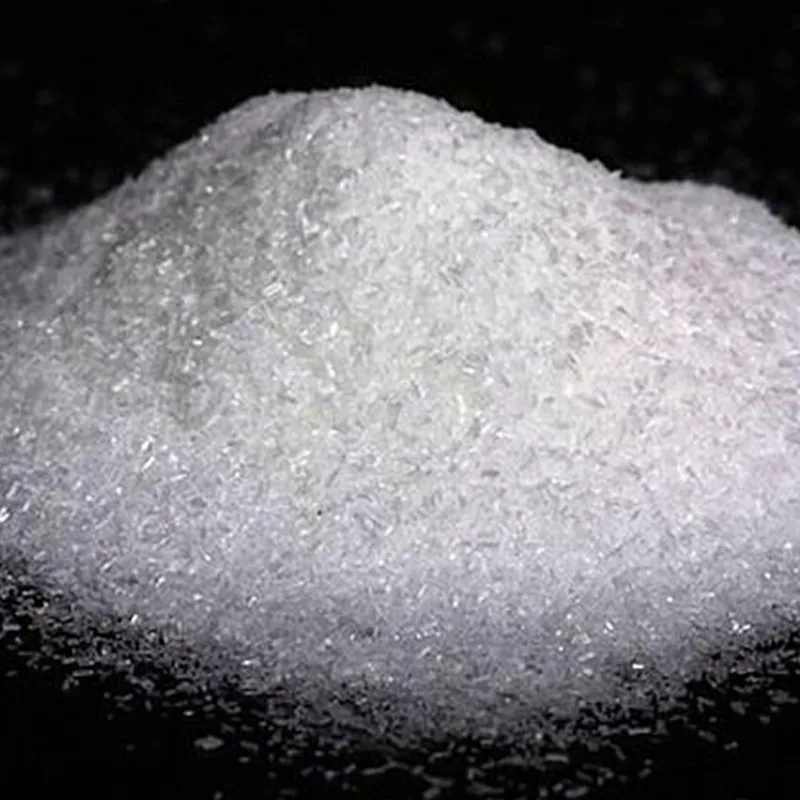
Understanding E330 and Its Role as an Acidity Regulator in Food Products
E330 A Study on Citric Acid as an Acidity Regulator
In the realm of food science, acidity regulators play a crucial role in enhancing flavor, preserving freshness, and ensuring safety in various food products. Among these regulators, E330, commonly known as citric acid, stands out for its widespread application and versatile nature. This article delves into the properties, functions, and applications of E330, revealing its significance in the food industry and beyond.
What is E330?
E330 refers to citric acid, an organic acid that naturally occurs in citrus fruits such as lemons, limes, oranges, and grapefruits. It is a weak acid, characterized by its sour taste and ability to act as an excellent acidity regulator. Being a colorless, crystalline substance, citric acid not only enhances the sensory attributes of food but also contributes to its overall stability and safety.
The Role of E330 in Food Production
Citric acid serves several important functions in food products. Primarily, it acts as an acidity regulator, adjusting the pH level in various formulations. By doing so, citric acid can create an optimal environment for flavors to develop while inhibiting the growth of harmful bacteria. This is particularly crucial in preserving food items, allowing them to maintain their freshness for extended periods.
Furthermore, citric acid is a chelating agent, meaning it can bind with metallic ions to prevent them from catalyzing oxidation reactions. This property is essential in maintaining the quality of processed foods, preventing spoilage, and extending shelf life. Citric acid also plays a role in improving the solubility and stability of many substances, including vitamins and minerals, which can enhance the nutritional profile of food products.
Applications of E330
e330 acidity regulator

The applications of E330 are vast and varied, spanning across numerous food categories. One of the most common uses of citric acid is in beverages, where it acts not only as a flavor enhancer but also as a preservative. Its sharp, tangy flavor can improve the overall taste experience of soft drinks, fruit juices, and sports drinks.
In the realm of confectionery, citric acid is often employed to provide a sour taste that enhances the satisfaction of candy and gummy products. Its ability to balance sweetness with acidity creates a more complex flavor profile, making such treats more enjoyable. Additionally, it is used in sauces, dressings, and marinades to impart a refreshing zest that brightens flavors.
Beyond food, citric acid has applications in the pharmaceutical industry, where it is used as a stabilizing agent in drug formulations. Its efficacy in chelating metals also finds utility in cosmetics and cleaning products, underscoring its versatility as an ingredient.
Safety and Regulatory Considerations
Citric acid has been deemed safe for consumption by various food safety authorities, including the Food and Drug Administration (FDA) and the European Food Safety Authority (EFSA). It is classified as GRAS (Generally Recognized as Safe) when used within recommended limits. Due to its natural occurrence in many fruits, citric acid is often preferred over synthetic acidity regulators, aligning with the growing consumer demand for clean-label products.
Conclusion
E330, or citric acid, is an essential acidity regulator with a multitude of applications in the food industry and beyond. Its ability to enhance flavor, preserve freshness, and act as a stabilizer makes it invaluable in food formulations. As consumers continue to seek out natural ingredients, the demand for citric acid is likely to increase. Understanding the properties and functions of E330 not only highlights its importance in food science but also underscores the broader implications of ingredient selection in producing high-quality, safe, and enjoyable products. Thus, E330 remains a key player in the quest for excellence in food formulation and innovation.
-
Comprehensive Guide to Acetic Acid as Preservative: Benefits, Uses & Future TrendsNewsNov.24,2025
-
What Is a Food Additive? Global Insights, Applications & Future TrendsNewsNov.24,2025
-
968 Sweetener: The Modern Solution for Health-Conscious SweeteningNewsNov.23,2025
-
Discover the Benefits and Uses of 965 Sweetener (Erythritol) | Tenger ChemicalNewsNov.23,2025
-
961 Sweetener - A Next-Gen Sugar Alternative for Health and IndustryNewsNov.23,2025
-
Understanding 960 Sweetener: The Modern Sugar Alternative for Health and IndustryNewsNov.22,2025
-
Everything You Need to Know About 955 950 Sweeteners – Benefits, Uses, and TrendsNewsNov.22,2025
Hebei Tenger Chemical Technology Co., Ltd. focuses on the chemical industry and is committed to the export service of chemical raw materials.
-

view more DiethanolisopropanolamineIn the ever-growing field of chemical solutions, diethanolisopropanolamine (DEIPA) stands out as a versatile and important compound. Due to its unique chemical structure and properties, DEIPA is of interest to various industries including construction, personal care, and agriculture. -

view more TriisopropanolamineTriisopropanolamine (TIPA) alkanol amine substance, is a kind of alcohol amine compound with amino and alcohol hydroxyl, and because of its molecules contains both amino and hydroxyl. -

view more Tetramethyl Thiuram DisulfideTetramethyl thiuram disulfide, also known as TMTD, is a white to light-yellow powder with a distinct sulfur-like odor. It is soluble in organic solvents such as benzene, acetone, and ethyl acetate, making it highly versatile for use in different formulations. TMTD is known for its excellent vulcanization acceleration properties, which makes it a key ingredient in the production of rubber products. Additionally, it acts as an effective fungicide and bactericide, making it valuable in agricultural applications. Its high purity and stability ensure consistent performance, making it a preferred choice for manufacturers across various industries.





